Text João Barbosa | Translation Jani Dunne
Choosing a name is not an easy task. Nowadays my great-grandmother wouldn’t be christened with 11 names to end up being called by a nickname. As far as brand names are concerned, it’s no easier.
Concentration is key to label a traditional product with a designation that evokes the region, is easily memorised, pleasant to the ear, and doesn’t make it hard to pronounce in other languages.
Caiado brand name fits the part. «Caiar» (to whitewash) means to paint with a plain and cheap paint made of limestone and water. The white image of Alentejo and Algarve comes from the coating of the houses with calcium oxide to protect them from the elements, and to insulate heat. That’s why the word Caiado doesn’t require an explanatory subtitle.
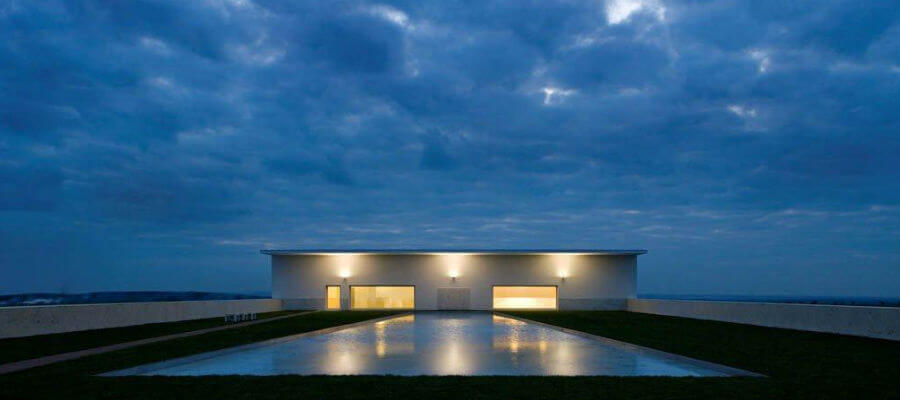
Adega Mayor – Photo Provided by Adega Mayor | All Rights Reserved
The patron of these wines is Manuel Rui Nabeiro, a man of the people who made a fortune in the coffee business. Campo Maior is a small town close to Spain. In hunger times – an endemic issue, he would jump the frontier and try to survive, running away from the customs police. Today he owns the biggest coffee company in the country, Delta, which competed and won against Nestlé in the commercial ranges. And also Delta Q, which won against Nespresso.
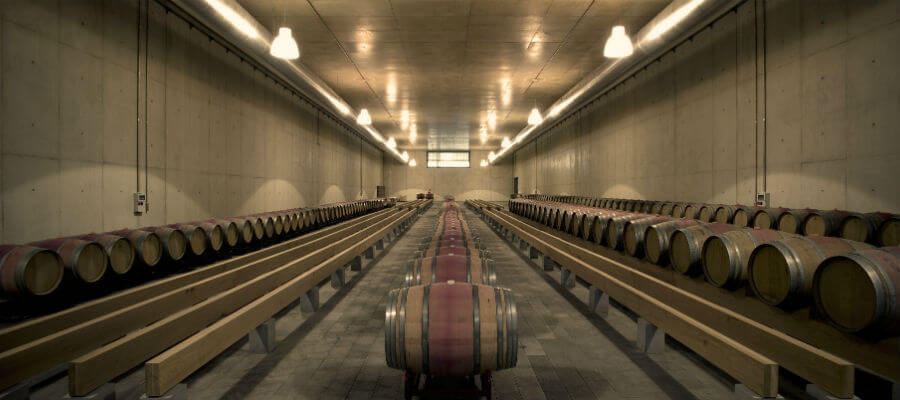
Adega Mayor – Photo Provided by Adega Mayor | All Rights Reserved
Wine runs in Portuguese blood, and Manuel Rui Nabeiro is no exception. In 1997, the first vines were planted in Herdade da Godinha and in 2000 in Herdade das Argamassas. The cellar, inaugurated in 2007, has Álvaro Siza Vieira’s stroke. He is an architect from Oporto and the winner of a Pritzker Award in 1992 – the «Nobel Prize» for Architecture.
Twenty years might not be enough, but you can already take stock. From the beginning, Adega Mayor is acknowledged by critics and consumers. Broadly, what you can say is: undoubtedly Alentejo wines in aromas and flavours, with freshness and a calm vigour, but no brutality.
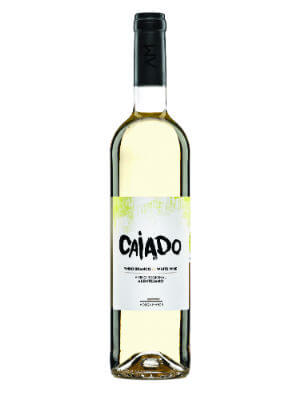
Caiado white – Photo Provided by Adega Mayor | All Rights Reserved
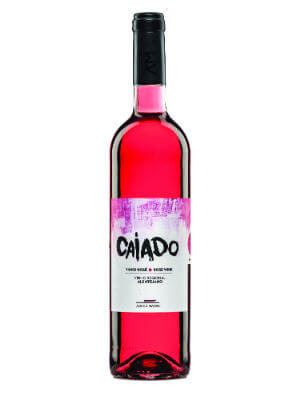
Caiado Rosé – Photo Provided by Adega Mayor | All Rights Reserved
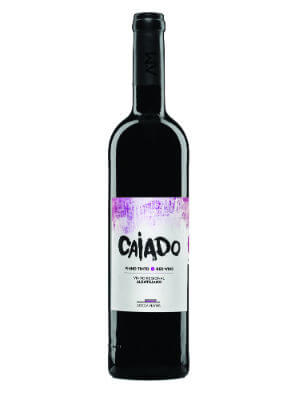
Caiado red – Photo Provided by Adega Mayor | All Rights Reserved
Caiado white 2014 is designed for Summer meals, like charcoal sardines and peppered cucumber salad. This lot is composed of Antão Vaz (40%), Arinto (30%) and Verdelho (30%).
Caiado Rosé 2014 is a lot composed of Aragonês (40%), Castelão (50%) and Touriga Nacional (10%). Even though it can accompany spiced dishes at the table (I presume fish and seafood will be a bit fragile), the right occasion would be on a Saturday afternoon, or a day off. The sun was setting, and while we wait for dinner…
Caiado red 2014 has the “gallantry” of a Cabernet Sauvignon. I reckon the variety is not one of the best in Portugal, except for some iconic reds. Taking up 20% in this case, it makes the Aragonês (50%) and the Trincadeira (30%) malicious. I say malice because I didn’t expect it.
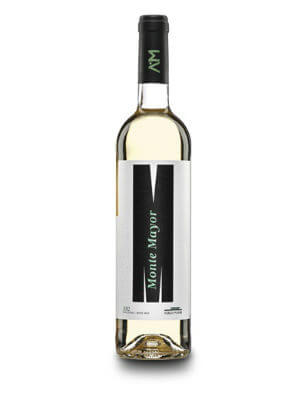
Monte Mayor white – Photo Provided by Adega Mayor | All Rights Reserved
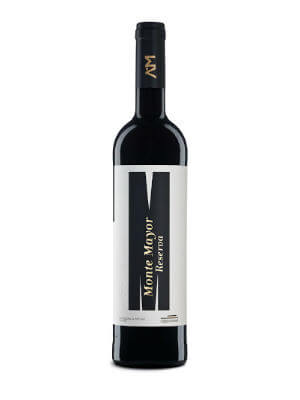
Monte Mayor Reserva red – Photo Provided by Adega Mayor | All Rights Reserved
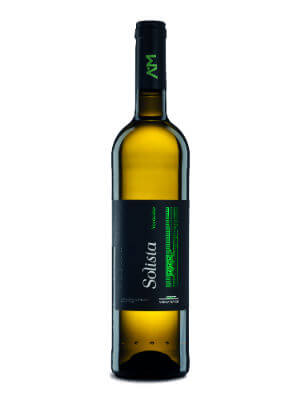
Solista Verdelho – Photo Provided by Adega Mayor | All Rights Reserved
Monte Mayor white 2014 was made from Antão Vaz (30%), Arinto (20%) and Verdelho (50%). It´s my fault I don’t enjoy Antão Vaz variety (with a few exceptions). Setting aside the difference between “liking” and “being good”, which are different when combined with the duty of being strict and truthful for the reader. It’s a flawless wine, which stops me from feeling overwhelmed by it. In short: Antão Vaz is likely to be the most symbolic variety of Alentejo wines and this particular one has all the necessary features to go along with lighter meals more popular in the summertime. If it weren’t considered an asset, this grape wouldn’t be part of «all» the Alentejo producers’ lots.
Monte Mayor Reserva red 2013 requires well-cooked food. It’s a robust wine, not a brut. Its 14,5% alcohol advise prudence, mostly because it’s a bit «deceptive». I would drink this wine in Autumn in every latitude except for Lapland. It’s a lot composed of Alicante Bouschet (30%), Aragonês (40%) and Touriga Nacional (30%).
I ‘ve saved a “toy” for the end, the Solista Verdelho 2014. This is a rogue with its 14% alcohol and appears all relaxed, whistling away… Fortunately, it’s easy. It’s fulfilment. It’s summertime!
Contacts
Herdade da Argamassas, 7370-171
Campo Maior – Portugal
Tel: (+351) 268 699 440
Fax: (+351) 268 699 441
E-mail: geral@adegamayor.pt
Website: www.adegamayor.pt




Leave a Reply